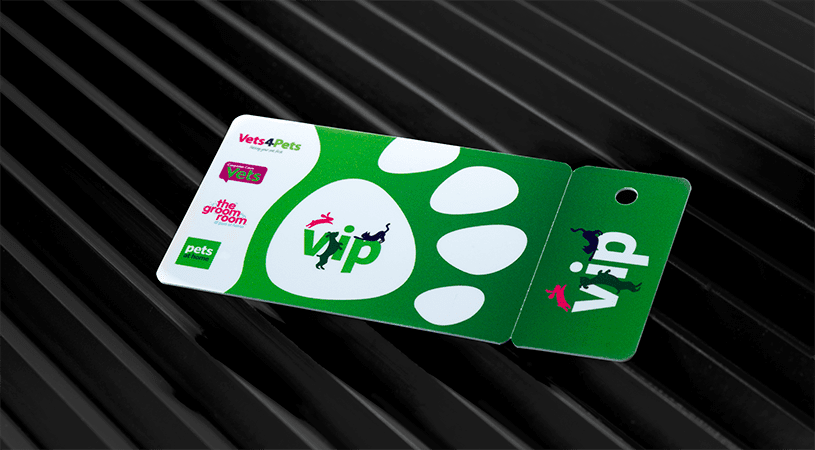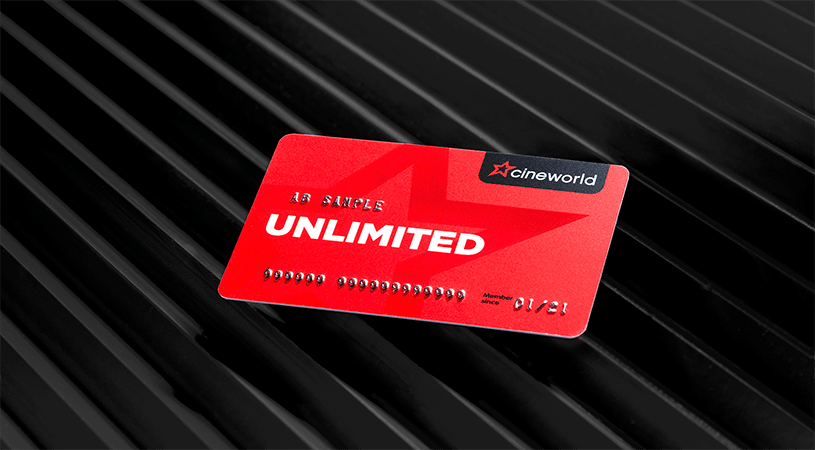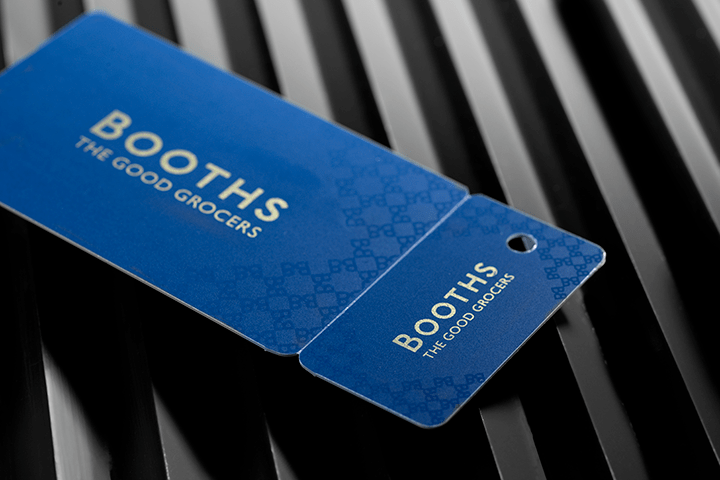Regardless of what you are producing a plastic card for, the chances are that you will be wanting to label your plastic card so that you know who it belongs to and what it is being used for. In many cases numbers can also be put onto plastic cards so that you are aware of your membership number, or in some cases even a bank card number. The process by where this happens is called card embossing.
Card embossing is a very effective way of putting a label onto a card and it helps to ensure that this information remains on the card and isn’t easily damaged or removed. Many traditional cards are simply printed onto and the main issue here is that this writing can be easily rubbed off in a wallet or if it’s kept in a pocket – this can often result in numbers and names being mis-read, leading to further problems.
Why card embossing?
Card embossing has been a popular option for many companies who are looking to ensure that their users’ details remain firmly placed on their cards. Embossing is a very reliable way of placing information on a card and is hard to move, unlike simple card printing. In addition it allows for manual enter of information if you damage your plastic card. This means that if your card does not respond to other electronic devices – such as a scanner – you can still use it.
How can this benefit my business?
Embossing can bring a number of benefits not just to a business but also to a personal user. In terms of personalisation, embossing is perhaps the best way to identify a single card and ensure that a person’s name and relevant information can be easily seen across a card.
In addition to clearly displaying information, the robust approach that embossing can give to your cards helps to ensure that it doesn’t easily rub off and that you don’t lose the information. If your plastic cards breaks then this information can become a crucial way to access your details and enter them manually as needed.
Precision Card Services can offer a range of membership cards, loyalty cards, gift cards and more. Get in touch with us today to learn more about our services.




